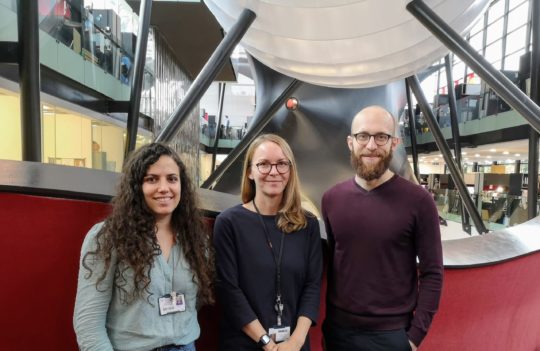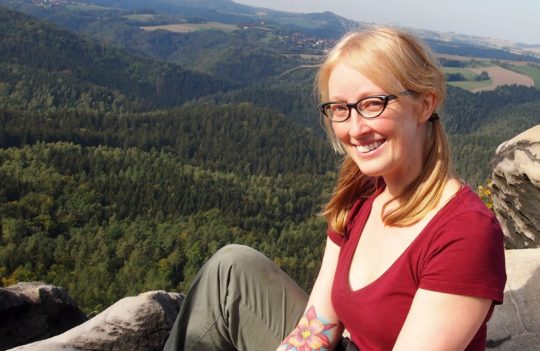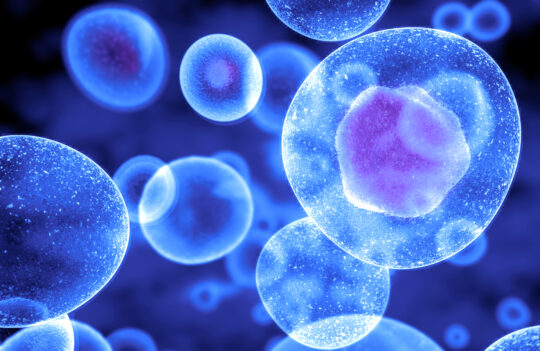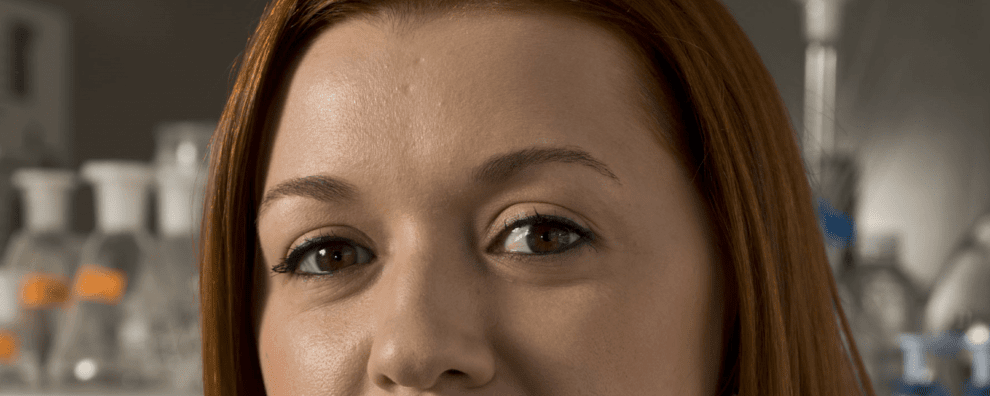 Antibody production
Antibody production
Reinventing IgY biotherapeutics
An unorthodox project idea led Dr. Mara Freire, a researcher at CICECO – Aveiro Institute of Materials, from the Chemistry Department of the University of Aveiro (Portugal), to a solution for a decades-old problem tied to polyclonal antibody production: the cost-effective purification of IgY antibodies from egg yolk. We have recently talked with Dr. Freire about her team’s outstanding contributions to the development of efficient purification techniques and how her work has unlocked the potential of IgY for a multitude of applications.
- ProteoGenix: Can you tell us about your academic and professional journey? What inspired you to pursue a career in biotechnology?
- What makes you successful in so many areas of research?
- In 2014, you were awarded a prestigious European Research Council (ERC) Starting grant to conduct a project entitled “IgY Technology: A Purification Platform using Ionic-Liquid-Based Aqueous Biphasic Systems” (IgYPurTech). Can you tell us what motived this project in the first place?
- How does your new method overcome the limitations of conventional IgY purification processes?
- What makes IgY antibodies so special and promising?
- Polyclonal antibodies are still recurrently used to treat some aggressive conditions such as snakebites. However, pAbs production from mammalian serum is hard to scale-up, would your IgY purification process solve this issue?
- In your opinion, what factors have hindered the development of IgY-based therapies?
- What do you consider to be IgYPurTech’s greatest achievements?
- How long do you estimate this will take?
- But the technology you developed has come to stay.
- Speaking of COVID-19, how could IgY antibodies help us curb the pandemic?
- But polyclonal IgY antibodies could be designed to target several and even future strains of coronaviruses?
- Can we apply this concept of surface functionalization to other diseases and contexts?
- Asides from IgY purification, you have a deep interest in the purification of biomarkers. Can you tell us a bit about the strategies you are using to achieve this?
- In summary, depleting these major proteins could help us lower the detection limits of conventional diagnostic tools?
- You have also tested the use of ionic liquids as therapeutic agents. Can you tell us how this works?
- What do you consider to be your greatest career achievements?
- Will that be your focus for the next 10 years?
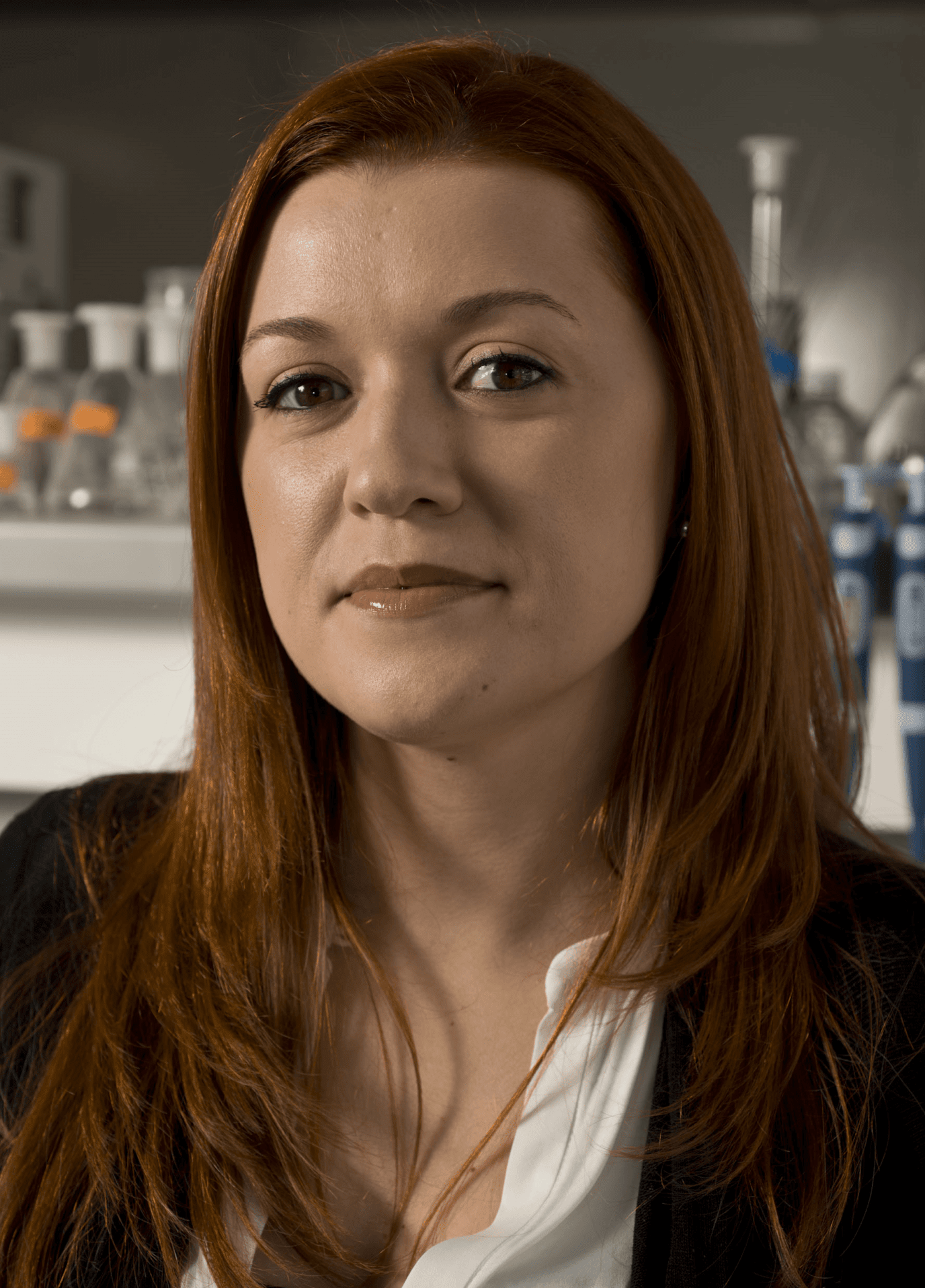
ProteoGenix: Can you tell us about your academic and professional journey? What inspired you to pursue a career in biotechnology?
Dr. Mara Freire: When I was an undergrad student, biotechnology had yet to become the advanced discipline it is today. So, I started my academic journey as a Chemistry student and later obtained my PhD degree in Chemical Engineering, in the field of Bioengineering.
Even then, I had already developed a keen interest in all things related to health and biology. Developing new therapies wasn’t part of my original plan, but I’ve always known I wanted to develop products and services to improve public health by combining my background in chemistry and engineering. These two disciplines ended up giving me the tools I needed to break into the area of biotechnology.
Today, I apply the principles of engineering to biological systems and living organisms. This includes the development of highly efficient separation processes for biopharmaceuticals, the establishment of depletion processes for improving diagnosis, and bioavailability enhancement of valuable therapeutic compounds.
What makes you successful in so many areas of research?
Working as a team and being multidisciplinary is what makes us so successful at what we do. The combination of knowledge, practical and theoretical, allows us to push the boundaries of biotechnology a bit further every day. Most current team members received training in biotechnology, with at least 40% being biochemists and chemical engineers, and a small portion with training in environmental engineering, materials science, chemistry, and biomedicine.
In 2014, you were awarded a prestigious European Research Council (ERC) Starting grant to conduct a project entitled “IgY Technology: A Purification Platform using Ionic-Liquid-Based Aqueous Biphasic Systems” (IgYPurTech). Can you tell us what motived this project in the first place?
This project had a bit of an unorthodox beginning. During my scientific career, both as PhD student at University of Aveiro and as a postdoctoral researcher at the NOVA University Lisbon, we studied and developed biphasic aqueous systems with ionic liquids for the purification of simple molecules such as antibiotics, antioxidants, amino acids, among others. We then moved on to attempt the purification of model proteins to understand how these large molecules behaved in these systems.
I was reading papers outside my area of expertise and it was one of these papers that pointed me towards a new direction. It was a paper about egg yolk antibodies (IgY), which are transferred from the hen’s maternal serum to the egg yolk in a process analogous to the cross-placental transference in mammals. Studies showed that IgY are promising biopharmaceuticals, but one thing about them immediately caught my eye – the reduced amount of research in comparison to mammalian monoclonal or polyclonal antibodies (IgG).
As I dug deeper into this problem, I found that the real obstacle in this line of research was the difficulty in purifying these antibodies. Egg yolk is an extremely complex matrix containing a plethora of different proteins.
At that point, I started wondering if the aqueous biphasic systems we had been developing could offer a solution to this decades-old hurdle. This knowledge gap and our expertise in purifying complex compounds using cost-effective methods served as the basis for the IgYPurTech project. We knew we would be taking a huge risk as we had little research on IgY to support our claims. But we were also confident that this was a risk worth taking because if we managed to be successful at purifying these molecules, our research could finally grant us access to the development of polyclonal IgY for biopharmaceutical use.
How does your new method overcome the limitations of conventional IgY purification processes?
Conventionally, IgY purification starts with a precipitation step involving the use of polymers and salts to remove undesired lipoproteins. This simple process results in two fractions, one containing the lipoproteins and another the water-soluble proteins. It is in the soluble fraction that we can find IgY polyclonal antibodies with a degree of purity between 35 and 45%.
This is sufficient for some applications but not for our aims. IgY antibody solutions at 40% have certainly been tested in therapeutic applications, one example of this is the use of IgY as a mouth rinse to reduce infections in patients with cystic fibrosis (yet to be approved). In addition, there are no approved IgY as parenteral drugs.
One of the reasons for this is that obtaining IgY with purities above 98% is extremely expensive. Before our project started, this could only be achieved using chromatographic methods which are costly and have extremely low yields. For these reasons, they are incompatible with large scale production, a mandatory step for the licensing of biopharmaceuticals.
Our project succeeded in solving this issue! We bypassed the need to use chromatographic methods to obtain IgY preparations with over 98% purity. This reduced the purification costs significantly and, for the first time, it allowed us to reconsider the development of IgY polyclonal antibodies for parenteral applications.
What makes IgY antibodies so special and promising?
The main advantage of these antibodies in comparison to IgG polyclonal antibodies is our ability to harvest them using non-invasive methods. Unlike mammalian IgG antibodies, IgY can be extracted from egg yolk directly, bypassing the need to bleed or sacrifice hyperimmunized animal hosts. Plus, egg yolk contains up to 3x more antibodies per volume than mammalian serum, indicating the potential for higher production yields.
Another surprising advantage stems from the greater phylogenetic distance between chicken and humans. Significant evidence suggests that IgY antibodies, unlike mammalian IgG that share a higher homology with human IgG, do not bind rheumatoid factors (autoantibodies that bind the Fc domain of IgG) nor activate the complement system. This failure to interact with these factors was shown to be beneficial for human therapies. Since IgY are not recognized by our organism, they fail to activate potentially adverse proinflammatory processes or to stimulate the development of rheumatic diseases (autoimmune) thus increasing their therapeutic efficiency.
IgY shares another advantage with mammalian IgG isolated from serum – they are polyclonal. Polyclonal antibodies cannot compete with their monoclonal counterparts in terms of specificity, because mAbs are highly beneficial for the treatment of complex diseases such as cancer and autoimmune conditions. However, unlike mAbs, polyclonal IgY can target different epitopes of the same or different antigens, making them highly efficient at neutralizing complex infectious diseases, being this our target.
Polyclonal antibodies are still recurrently used to treat some aggressive conditions such as snakebites. However, pAbs production from mammalian serum is hard to scale-up, would your IgY purification process solve this issue?
Our studies show that productivity-wise, we can certainly generate higher quantities of IgY antibodies in comparison to typical polyclonal IgG. This is tied to the fact that the egg yolk is richer in antibodies than mammalian serum. Moreover, since we are using non-invasive methods to harvest these antibodies, the process becomes easier and faster to execute.
We are still optimizing the downstream process of IgY purification for large-scale production, but all our pilot studies so far showed us it is possible to consistently obtain high yields of IgY.
For instance, in one of our latest studies, we harvested IgY from 200 commercial chicken eggs. These eggs had all been stored for different periods. We did not know how old was the chicken that laid those eggs (older chicken tend to produce more IgY than younger ones) nor did we know anything about its health condition. In all cases, we obtained a consistent production yield with 98-99.9% purity which shows our process is certainly reproducible.
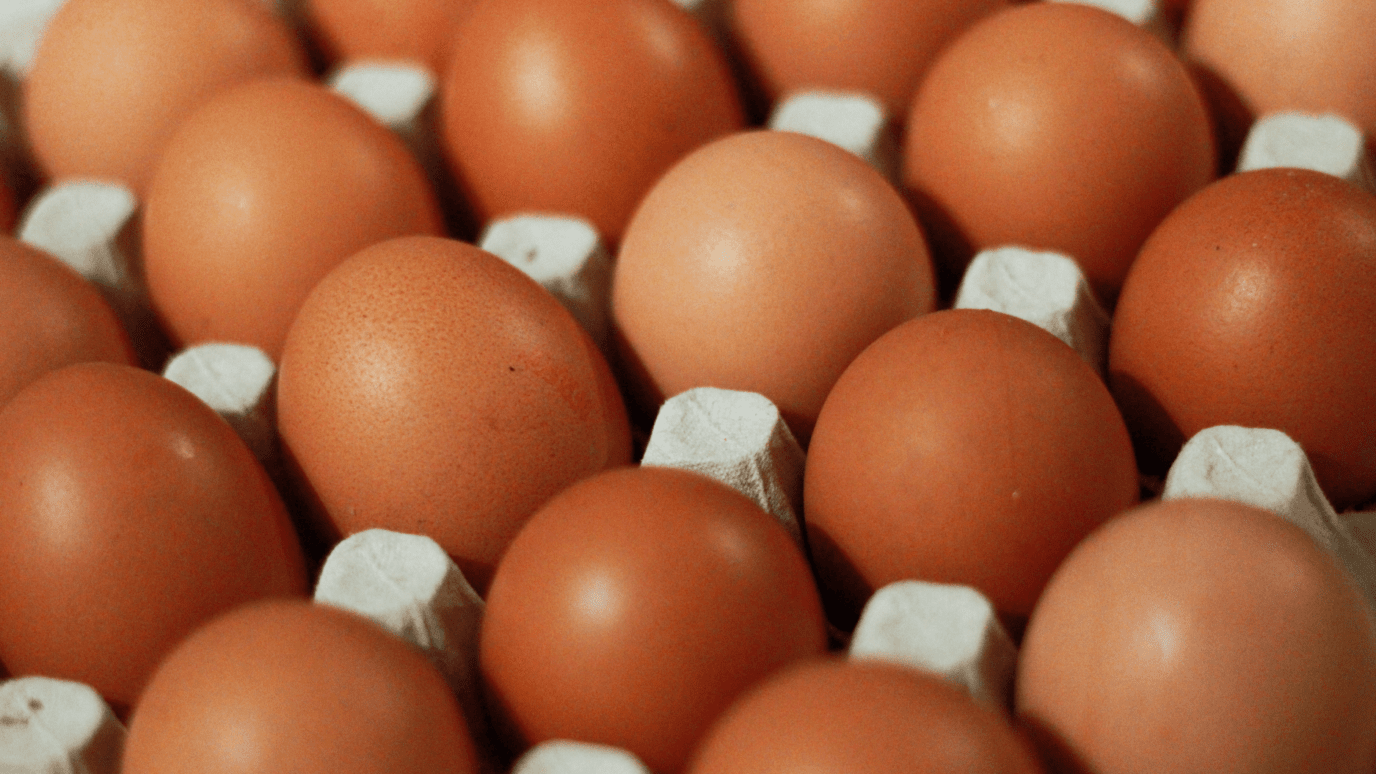
In your opinion, what factors have hindered the development of IgY-based therapies?
Evidence showing that IgY antibodies can serve as effective biopharmaceuticals was mostly published in the 1990s. Since then, progress has been slow due to the difficulties in purifying these molecules and scaling up production while maintaining a low cost.
For decades, monoclonal antibodies had the upper hand. They were still expensive in comparison to small molecules, but they were not as expensive as high-quality and high-purity IgY antibodies were. I believe that, from the moment we overcome this purification issue, we can finally unlock the true potential of IgY antibodies for therapeutic applications.
What do you consider to be IgYPurTech’s greatest achievements?
During this project, we developed two different purification techniques and filled a patent for both. The purification process with a lower overall cost was licensed to our spinoff where we recently started the Proof of Concept (PoC) stage after receiving funding for an 18-month project by the European Research Council (ERC).
Another one of this project’s great achievements was opening the door for the therapeutic application of IgY. Until now, we have only worked with naïve hosts and commercial eggs for harvesting IgY. From this point onward, we will focus on proving that this process can be applied to the production of specific antibodies against the pervasive pathogen – methicillin-resistant Staphylococcus aureus (MRSA) – and against other multi-drug resistant bacteria. We have already started establishing some partnerships (namely for the generation of hyperimmunized eggs) and contacting investors that will help us move this project towards the clinical development stages.
During the next months, we will be working hard to prove it is possible to scale-up this technology while keeping the production costs low. We will also prove that it is possible to produce efficient anti-MRSA IgY antibodies with sufficient quality and purity for parenteral administration. Hopefully, these preliminary results will demonstrate the potential of IgY to neutralize pervasive pathogens and help us start the preclinical and clinical trials.
How long do you estimate this will take?
The clinical development of new drugs is known to be especially challenging. For this reason, we estimate it will take us about 10 to 15 years to complete all necessary steps and clinical trials. Though the COVID-19 pandemic has been gradually changing this process and we are confident this will trigger important changes in the coming years. Not only at the regulatory level, but also at the clinical level.
With the restrictions imposed by the pandemic, clinicians have been forced to adjust the way they conduct clinical studies. Patient interviews and many other procedures have now become fully digital, which ends up saving precious time. But regulatory changes will take time to implement, so despite being optimist we know it will take us at least 10 years to hopefully bring the first IgY biopharmaceutical to the market.
But the technology you developed has come to stay.
Absolutely! Our purification process allows us to produce large amounts of IgY antibodies for research use, for instance as reagents for ELISA. However, it is the use of IgY as biopharmaceuticals that motivates us and inspires us to continue working on this technology.
Speaking of COVID-19, how could IgY antibodies help us curb the pandemic?
We know that IgY antibodies are extremely effective against viral diseases. There are even studies that show it is possible to produce neutralizing IgY antibodies against SARS coronaviruses. Although no studies have been published to date using the new strain SARS-CoV-2, we know that the use of IgY as a biopharmaceutical against the COVID-19 disease is extremely viable. However, we are still limited by the amount of time required to complete clinical trials.
But polyclonal IgY antibodies could be designed to target several and even future strains of coronaviruses?
Yes, polyclonal IgY would serve as ideal biopharmaceuticals to neutralize both SARS-CoV and SARS-CoV-2, and even provide some degree of protection against other strains of this virus or defend against potentially devastating mutations of the pandemic strain. However, the clinical development of IgY remains an important challenge.
Although not financed, we have recently proposed a different approach – the development of air conditioning filters functionalized with anti-COVID-19 IgY antibodies. These filters would serve a double purpose: as a physical barrier to capture the viral particles and as an inactivation method for SARS-CoV-2 in closed spaces like restaurants, hotels, schools, and even public institutions.
We know that the dissemination of the COVID-19 disease happens more frequently in these spaces. For this reason, it would be important to ensure we can reduce the risks by implementing more effective protection measures. We are still working to get funding to take this idea forward.
Can we apply this concept of surface functionalization to other diseases and contexts?
Absolutely, unlike parenteral drug administration, the functionalization of surfaces is not limited by the regulatory hurdles imposed by clinical trials. Hens can produce antigen-specific antibodies in about 3 months, and it would take us little more than that to functionalize surfaces in air filters or hospital equipment. This simple measure has the potential of greatly reducing cross-contamination and help us contain pervasive pathogens by reducing their load in hotspot environments.
Besides COVID-19, this concept could serve to protect against multi-drug resistant bacteria that are becoming a heavy burden on our healthcare systems. More, it could help us prepare for future pandemics by accelerating the development of highly specific and effective protection measures.
Asides from IgY purification, you have a deep interest in the purification of biomarkers. Can you tell us a bit about the strategies you are using to achieve this?
Our team has a strong background in advanced extraction and purification processes. Thus, we are able to apply the same principles to several areas of research. The improvement in the detection of biomarkers is one of these areas. In recent years, we have been focused on developing depletion techniques that would help us enrich important disease markers in biological samples. Most biomarkers are proteins occurring at a low abundance and easily masked by IgG and HSA (human serum albumin), the major components of human serum. This masking effect frequently leads to false-positive or false-negative results.
Given that IgG and HSA are proteins, it is possible to separate them (or deplete them) from serum using an approach like the one we used for the purification of IgY antibodies. These processes are mostly based on liquid-liquid or solid-phase extractions using ionic liquids.
In summary, depleting these major proteins could help us lower the detection limits of conventional diagnostic tools?
Yes, the processes we have been developing allow us to deplete these major proteins and, at the same time, enrich the low abundance markers. The purified extract could be used for conventional diagnostics methods such as ELISA and even become suitable for other lower cost analytical equipment.
In one of our recent studies, we have implemented this depletion strategy to urine to identify PSA (prostate specific antigen) by alternative analytical methods. Interestingly, size-exclusion chromatography revealed several isoforms of PSA, which could help us understanding how these markers correlate with disease severity and progression, opening new doors for differential diagnostics and personalized treatments.
You have also tested the use of ionic liquids as therapeutic agents. Can you tell us how this works?
Most pharmaceuticals are hydrophobic molecules, which lowers their bioavailability and limits their therapeutic efficiency. To compensate for this, clinicians need to administer higher doses to ensure these drugs reach their targets. However, due to the higher dosages being administered about 70-80% can be excreted without any modification, giving rise to the increase of micropollutants in our water resources.
We are solving this issue by converting these drugs into organic ions/salts and, thus, increasing their solubility. In the case of ibuprofen, one of the world’s most prescribed drugs, for instance, we can convert it to ibuprofenate (anion) and combine it with the choline ion (organic cation). This combination increases the solubility and lowers its melting temperature to a point where it can exist in the liquid form at room temperature. As a result, we can then use lower dosages of ibuprofen to achieve the same results.
In other studies, we have been able to convert two different active principles into their ionic forms and combine them. These are called dual function ionic liquids, and they can be used for the combination of different types of drugs for a synergistic therapeutic effect.
What do you consider to be your greatest career achievements?
What fulfills me the most is knowing that, throughout my years as a researcher, I was able to train and guide many talented MSc and PhD students. It makes me proud to know that most of these students have found their way into academic and corporate jobs where they continue contributing to the development of new solutions to benefit the society, including biopharmaceuticals.
Until now, I consider the development of new purification techniques for IgY antibodies to be my greatest scientific achievement. This technique has led to the creation of our most recent spinoff where we are exploring this technology for therapeutic applications. Despite the risks we took and continue taking, we believe in the potential of this technology and, above all, we believe that licensed IgY biotherapeutics could be within our reach in the next decade.
Will that be your focus for the next 10 years?
Absolutely! During the next 10 years, we plan to continue searching and securing funding to conduct all necessary preclinical and clinical trials that will, in turn, allow us to bring IgY antibodies to the clinic. Moreover, we plan on applying all the hands-on knowledge we gained over the past years to continue developing innovative and groundbreaking purification technologies.
- Pereira, M. et al. Towards the differential diagnosis of prostate cancer by the pre-treatment of human urine using ionic liquids. Sci Rep. 2020; 10(1):14931. doi: 10.1038/s41598-020-71925-8
- Dinis, T. B. V. et al. Insights on the DNA Stability in Aqueous Solutions of Ionic Liquids. Front Bioeng Biotechnol. 2020; 8:547857. doi: 10.3389/fbioe.2020.547857
- Bharmoria, P. et al. Instantaneous fibrillation of egg white proteome with ionic liquid and macromolecular crowding. Communications Materials. 2020; 1:34. doi: 10.1038/s43246-020-0035-0
- Freire, M. et al. Aqueous biphasic systems: a boost brought about by using ionic liquids. Chem Soc Rev. 2012; 41(14):4966-4995. doi: 10.1039/c2cs35151j
